Description
Proteases: The Molecular Scissors that Shape Life
Proteases, also known as peptidases or proteinases, are a vast and vital class of enzymes that act as molecular scissors, cleaving peptide bonds in proteins. These enzymes are ubiquitous, playing critical roles in virtually every aspect of life, from digestion and blood clotting to immune responses and cell signaling. Understanding the intricate mechanisms and diverse functions of proteases is crucial for comprehending not only fundamental biological processes but also for developing novel therapies for a wide range of diseases.
The Cut Above: How Proteases Work
Proteases catalyze the hydrolysis of peptide bonds, the links that connect amino acids in protein chains. This seemingly simple reaction is actually a complex process that requires precise positioning of the substrate (the protein being cleaved) and the involvement of specific catalytic residues within the enzyme’s active site.
Proteases are broadly classified into several families based on their catalytic mechanisms:
- Serine proteases: These enzymes utilize a highly reactive serine residue in their active site. Examples include trypsin, chymotrypsin, and elastase, all crucial for digestion.
- Threonine proteases: Similar to serine proteases, but employ a threonine residue for catalysis.
- Cysteine proteases: These enzymes rely on a reactive cysteine residue in their active site. Papain, found in papaya, is a well-known example.
- Aspartic proteases: Employ two aspartic acid residues to activate a water molecule, which then attacks the peptide bond. Examples include pepsin in the stomach and renin, involved in blood pressure regulation.
- Metalloproteases: Utilize a metal ion, typically zinc, to activate a water molecule for hydrolysis. Matrix metalloproteinases (MMPs), involved in tissue remodeling, are a prominent example.
More Than Just Digestion: The Diverse Roles of Proteases
The functions of proteases extend far beyond simply breaking down proteins for nutrient absorption. They are involved in a dizzying array of biological processes, including:
- Digestion: Digestive proteases like trypsin, chymotrypsin, and pepsin are essential for breaking down dietary proteins into smaller peptides and amino acids that can be absorbed by the body.
- Blood Clotting: The coagulation cascade, responsible for forming blood clots, involves a series of proteolytic activations.
- Immune Response: Proteases play critical roles in activating immune cells, processing antigens for presentation, and regulating inflammation.
- Cell Signaling: Many signaling pathways rely on proteases to activate or deactivate signaling molecules, influencing cell growth, differentiation, and apoptosis (programmed cell death).
- Protein Turnover: Proteases are essential for removing damaged or misfolded proteins, maintaining cellular health and preventing the accumulation of toxic aggregates.
- Apoptosis: Proteases called caspases are the executioners of programmed cell death, dismantling the cell in a controlled manner.
- Development: Proteases are crucial for embryonic development, shaping tissues and organs by cleaving proteins involved in cell adhesion and migration.
- Hormone Processing: Many hormones are initially synthesized as inactive precursors and require proteolytic cleavage to become active.
Proteases in Disease: A Double-Edged Sword
Given their crucial roles in numerous biological processes, it’s not surprising that dysregulation of protease activity is implicated in a wide range of diseases:
- Cancer: MMPs, for example, are often overexpressed in cancer, promoting tumor growth, invasion, and metastasis.
- Neurodegenerative Diseases: Aberrant protease activity has been implicated in Alzheimer’s and Parkinson’s diseases, contributing to the formation of toxic protein aggregates.
- Inflammatory Diseases: Inappropriate activation of certain proteases can exacerbate inflammation, leading to tissue damage.
- Infectious Diseases: Many pathogens, including bacteria and viruses, utilize proteases to invade host cells, evade the immune system, and replicate.
- Cardiovascular Diseases: Proteases contribute to the development of atherosclerosis and other cardiovascular problems.
Harnessing the Power of Proteases: Therapeutic Applications
The critical roles of proteases in health and disease have made them attractive targets for drug development. Protease inhibitors, which block the activity of specific proteases, are already used to treat a variety of conditions:
- HIV: HIV protease inhibitors are a cornerstone of antiretroviral therapy, preventing the virus from replicating.
- Hypertension: ACE inhibitors, which block the angiotensin-converting enzyme, are widely used to lower blood pressure.
- Cancer: Several protease inhibitors are approved for the treatment of specific cancers, targeting MMPs or other proteases involved in tumor growth and metastasis.
- Blood Clotting: Anticoagulant drugs like warfarin inhibit vitamin K-dependent clotting factors, many of which are serine proteases.
Beyond inhibitors, researchers are also exploring other ways to modulate protease activity for therapeutic purposes, such as developing activators for proteases involved in clearing protein aggregates or engineering proteases with altered substrate specificity for targeted drug delivery.
Conclusion: An Ongoing Story
Proteases are essential enzymes that play a vast and diverse array of roles in biology. Their ability to cleave proteins enables them to orchestrate crucial processes, from digestion to immunity and everything in between. Understanding the intricacies of protease function and regulation is not only fundamental to our understanding of life but also holds immense promise for developing new therapies for a wide range of diseases. As research continues to unravel the complexities of these molecular scissors, we can expect even more exciting discoveries in the years to come.

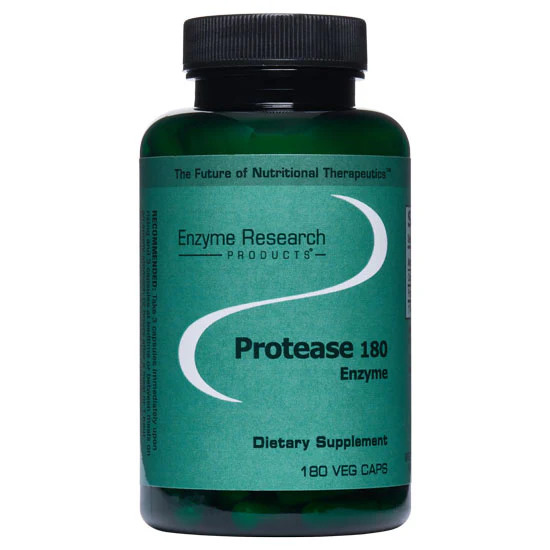
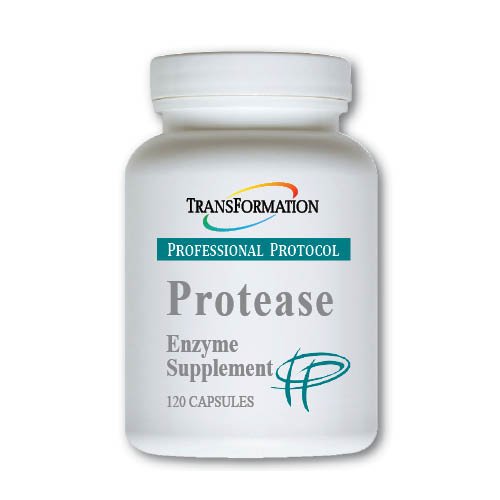
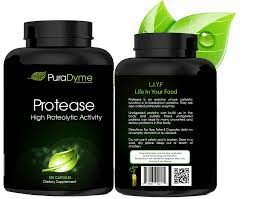


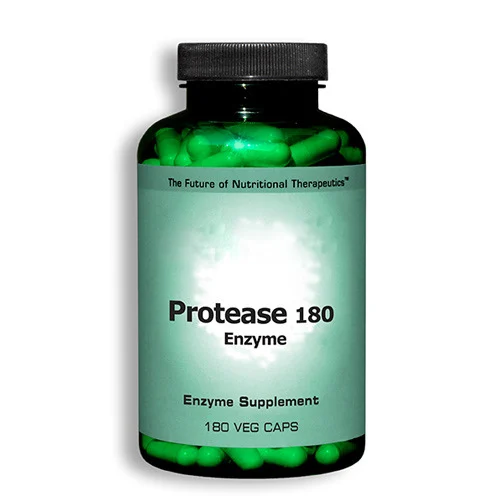
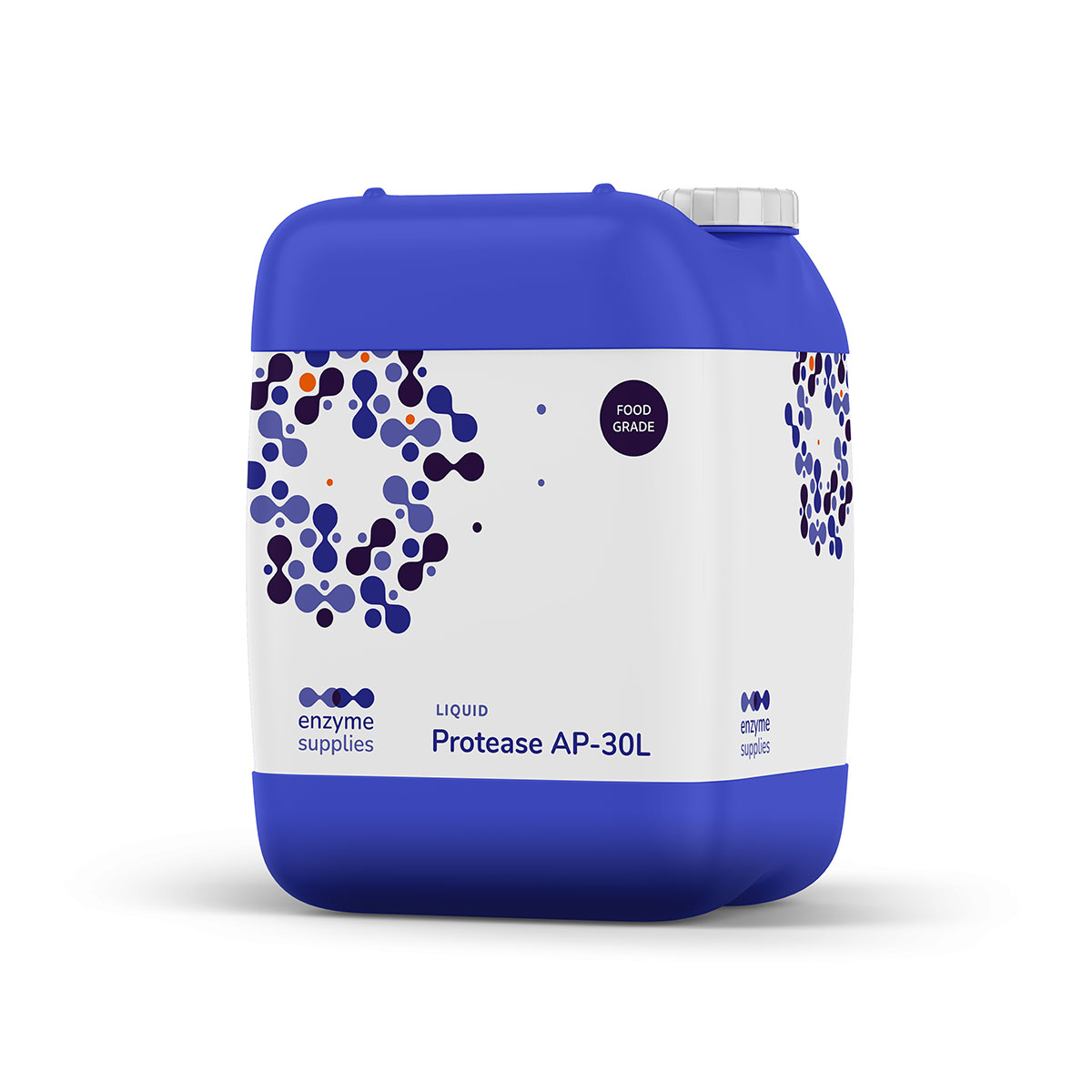

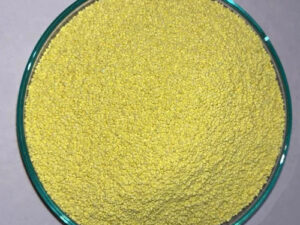
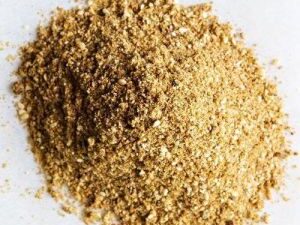

Reviews
There are no reviews yet.